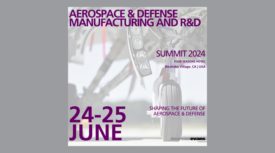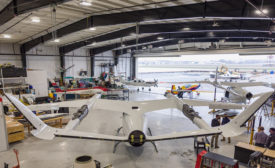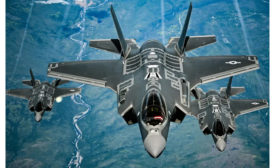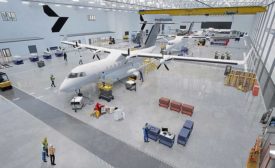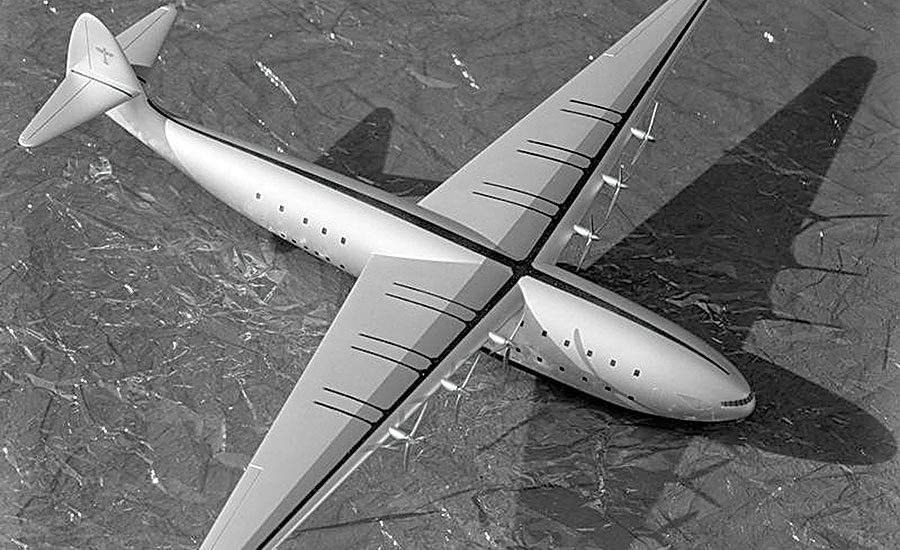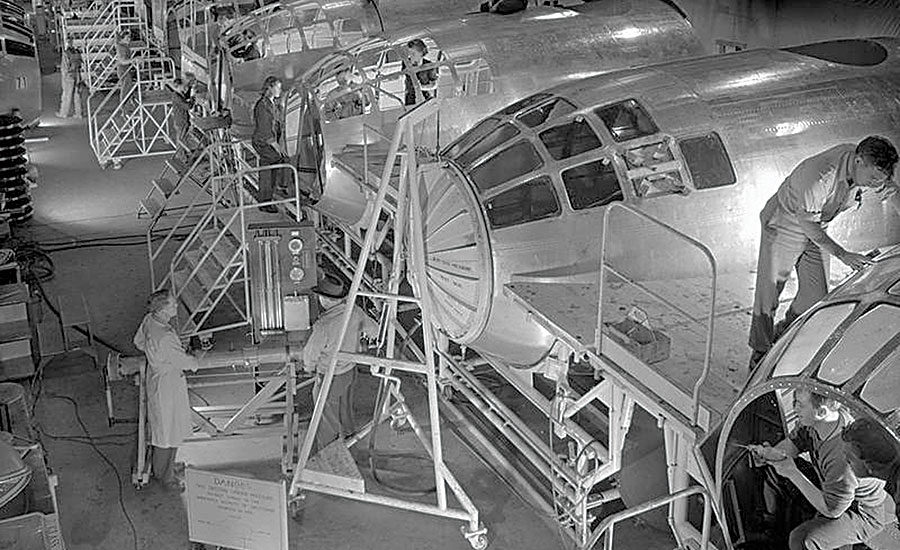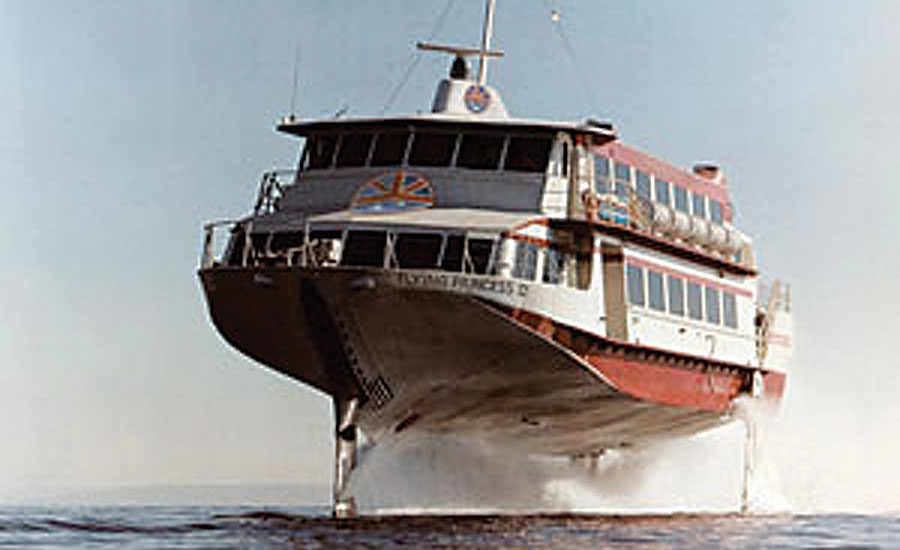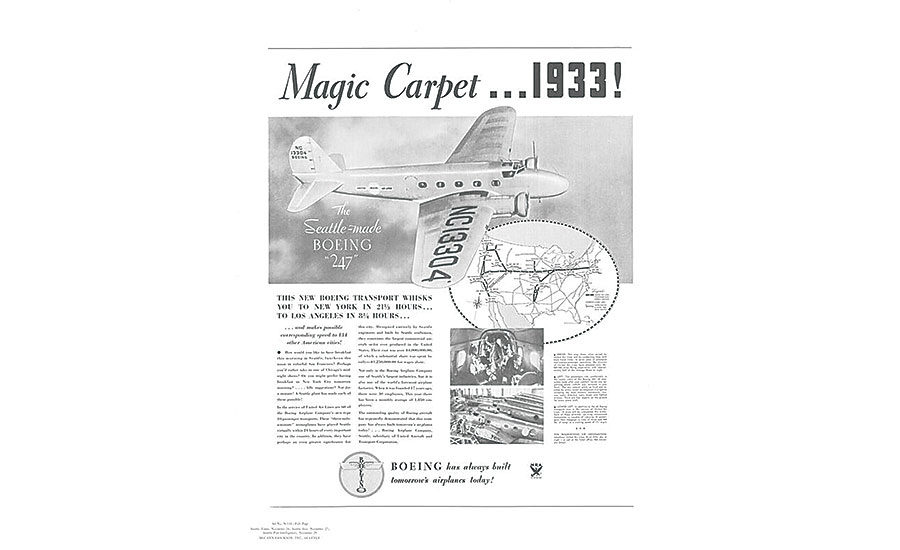Aerospace Assembly
Articles about assembly technologies and trends in the aerospace industry.
ARTICLES
Additive Manufacturing
Researchers pave the way for producing precise, lightweight parts from magnesium alloys.
Read More
Aerospace Manufacturing
Northrop Breaks Ground on $200 Million Assembly Plant in Virginia
April 30, 2024
Aerospace Manufacturing
Electric Airplane Builder Beta Technologies Is Hiring
April 30, 2024
Aerospace Manufacturing
Lockheed Adds Epoxy Shim to Approved Materials List
April 22, 2024
IMAGE GALLERIES
Early Advertising Sold the Glamour and Safety of Aviation
Back in the days when most people still traveled by ocean liner or train, the public had to be convinced that air travel was safe, enjoyable and glamorous. For decades, Boeing and Douglas promoted products such as the Stratocruiser, DC-6 and 707 with ads in various business, consumer and travel magazines.
Never miss the latest news and trends driving the manufacturing industry
Stay in the know on the latest assembly trends.
JOIN TODAY!Copyright ©2024. All Rights Reserved BNP Media.
Design, CMS, Hosting & Web Development :: ePublishing






